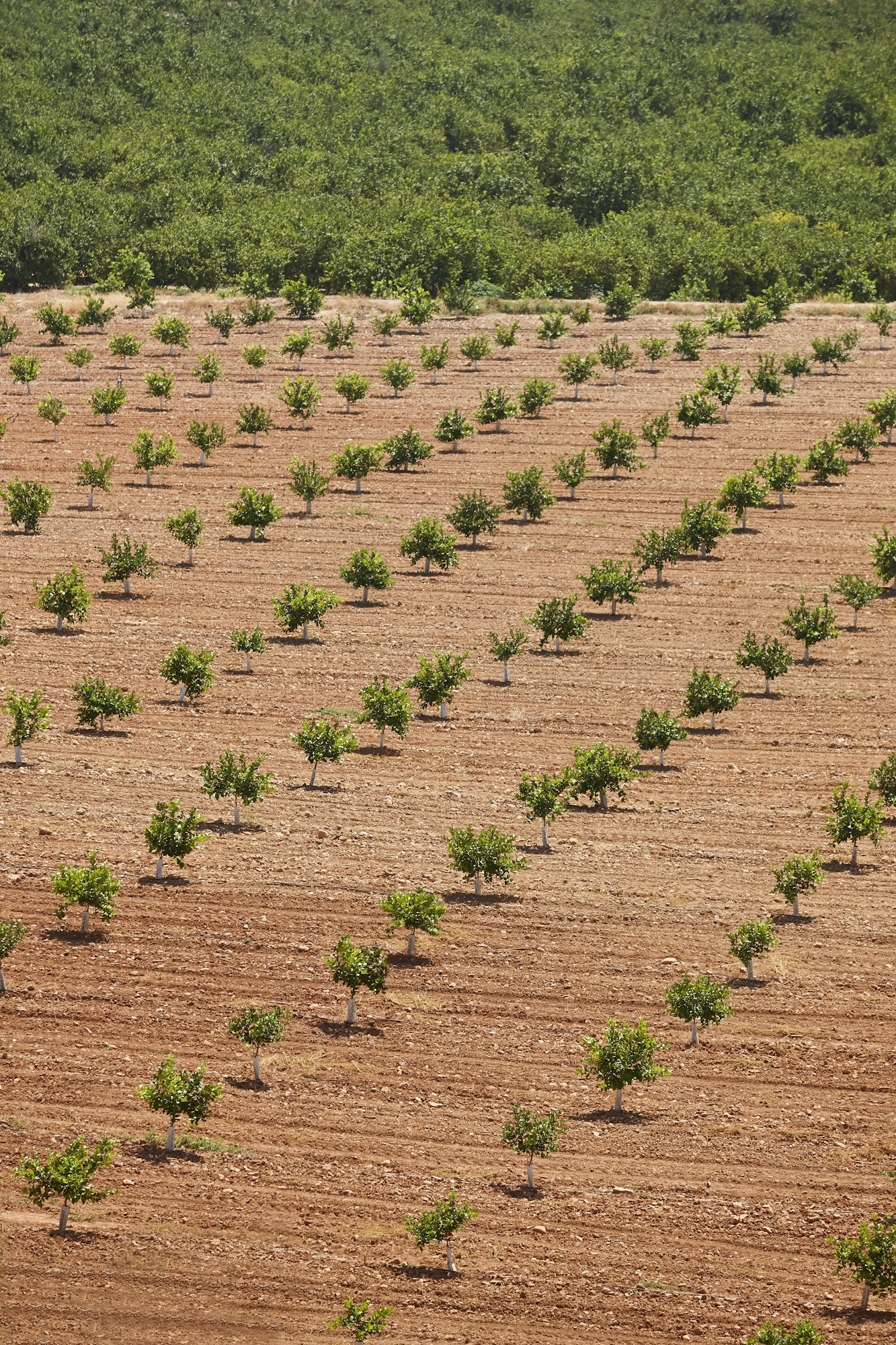A fundamental shift is occurring in the way we perceive and interact with the food production industry. As the urban population continues to expand, the quest for sustainable ways to feed the burgeoning population has become more urgent. Notably, vertical farming has emerged as an innovative solution to address this pressing issue. But what is vertical farming? How can it contribute to urban sustainability in the UK? Through this article, you will gain an in-depth understanding of this revolutionary approach to agriculture that is reshaping our cities and changing the way we grow our food.
A Brief Overview of Vertical Farming
Vertical farming is an innovative farming system that involves growing crops in stacked layers, often integrated into other structures like skyscrapers, shipping containers or repurposed warehouses. This approach to agriculture uses controlled-environment agriculture (CEA) technology, where all environmental factors can be controlled.
Dans le meme genre : How Can UK Specialty Chefs Utilize Online Platforms to Expand Their Culinary Classes?
These farms have the potential to change the urban environment as they use less space, water, and energy and produce less waste than conventional farming methods. This approach is increasingly becoming popular in cities where space is at a premium, and the demand for locally grown food is high.
Vertical Farming and Sustainable Use of Resources
One significant advantage of vertical farms is their efficiency in resource utilization. Traditional farming methods are known to be resource-intensive, requiring vast amounts of water, land, and energy. Vertical farming, on the other hand, uses sophisticated systems to reduce resource consumption significantly.
Sujet a lire : What Is the Role of Quantum Computing in Advancing UK Cybersecurity?
For example, vertical farming systems use hydroponics or aeroponics, growing plants in nutrient-rich water or mist, respectively. These techniques use up to 70% less water than traditional farming. Also, by stacking layers of crops, vertical farming requires much less land than conventional farming. This is a significant advantage, especially in urban areas where land is scarce and expensive.
Moreover, vertical farms often employ renewable energy sources such as solar or wind power, further reducing their carbon footprint. By reducing the demand for resources, vertical farming can contribute significantly to sustainable urban development.
The Role of Vertical Farming in Local Food Production
Local food production has numerous benefits, from reducing the carbon footprint associated with food transportation to ensuring the freshness of the produce. Vertical farms, strategically located within or near urban areas, can play a pivotal role in promoting local food production.
Since vertical farms can operate year-round, they can provide fresh produce to urban residents irrespective of the season. This continuous production cycle can significantly improve food security in cities, which often rely heavily on imported food.
Furthermore, vertical farming can contribute to reducing food miles, the distance food travels from the farm to the consumer. Minimizing food miles can significantly reduce the environmental impact of food production and distribution.
Vertical Farming and Job Creation in Urban Areas
The rise of vertical farming has the potential to create new jobs and stimulate economic growth in urban areas. From farm management to system maintenance, marketing, and distribution, vertical farms require a range of skills. This can create diverse employment opportunities for urban residents.
Moreover, the integration of vertical farms into urban areas could stimulate the development of related industries, such as farm-to-table restaurants and fresh produce markets. These developments can enhance the vibrancy and liveability of urban areas, contributing to sustainable urban development.
Environmental Benefits of Vertical Farming
Vertical farming is a promising solution to various environmental issues associated with traditional farming. For instance, vertical farms eliminate the need for deforestation and land conversion for agricultural purposes. In doing so, they can help preserve natural habitats and biodiversity.
Also, by operating in controlled environments, vertical farms can avoid the use of harmful pesticides and fertilisers, thus reducing soil and water pollution. Moreover, vertical farming can help mitigate climate change by reducing greenhouse gas emissions from agricultural production and food transportation.
In conclusion, vertical farming offers a unique approach to sustainable urban development in the UK. By efficiently using resources, promoting local food production, creating jobs, and bringing environmental benefits, vertical farming could be a game-changer for urban sustainability. It is time for policy-makers, urban planners, and the public to embrace this innovative farming system and explore its full potential in shaping the future of our cities.
Advantages of Vertical Farming in Urban Development and Planning
A key aspect of urban sustainability lies in the skill of urban planning and development. Vertical farming can be a gamechanger in this field. As cities continue to expand, smart planning that meets the needs of the growing population becomes imperative.
Incorporating vertical farms can make a significant impact. As vertical farms can be integrated into existing buildings, they can be established in urban areas without requiring additional land. This compact aspect of vertical farming is highly advantageous considering the limited space in urban areas.
Vertical farms can also contribute to making cities more resilient against climate change. By producing food locally, cities can reduce their reliance on rural agriculture, which may be vulnerable to climate change impacts such as drought or flooding.
Moreover, vertical farms can contribute to greening urban spaces, improving the quality of life for residents. They can be integrated into residential or commercial buildings, creating green spaces that provide aesthetic and recreational benefits. Besides, vertical farms can help in mitigating urban heat island effects, where urban areas are significantly warmer than their rural surroundings.
Vertical Farming: A Step Towards Future Food Security in the UK
Vertical farming holds immense potential for ensuring food security in the future. With the UK’s urban population projected to increase in the coming years, ensuring a steady supply of food becomes crucial.
Vertical farms are not just a solution to space constraints in urban areas — they also provide a reliable, year-round supply of fresh produce. Unlike traditional farming methods, vertical farms are not subject to seasonal variations or weather conditions. This allows for consistent crop production, ensuring a steady supply of locally grown, fresh produce.
Furthermore, vertical farming can contribute to a more resilient food system in the face of climate change. As vertical farms operate in a controlled environment, they can continue to produce food irrespective of changing climate conditions.
Moreover, vertical farming can introduce a greater variety of crops to urban residents. These farms can grow a range of fruits, vegetables, and herbs that may not be locally available otherwise. This can contribute to a more diverse and nutritious diet, promoting public health in the urban population.
In Conclusion: Vertical Farming as a Pathway to Urban Sustainability
In a world grappling with rapid urbanisation and climate change, vertical farming offers a beacon of hope. By efficiently using resources, promoting local food production, creating jobs, and offering environmental benefits, vertical farming can significantly contribute to the sustainability of urban areas in the UK.
While vertical farms are already dotting the urban landscapes in several parts of the world, their potential in the UK is largely untapped. It is crucial for policymakers, urban planners, and the public to recognise this potential and promote the adoption of vertical farms.
By embracing vertical farming, we can transform our cities into green, sustainable spaces that not only provide for their residents but also contribute to a healthier planet. The time has come to look upwards and envision a future where our food grows vertically, matching the rise of our urban skylines.






